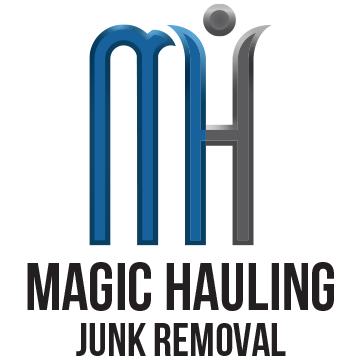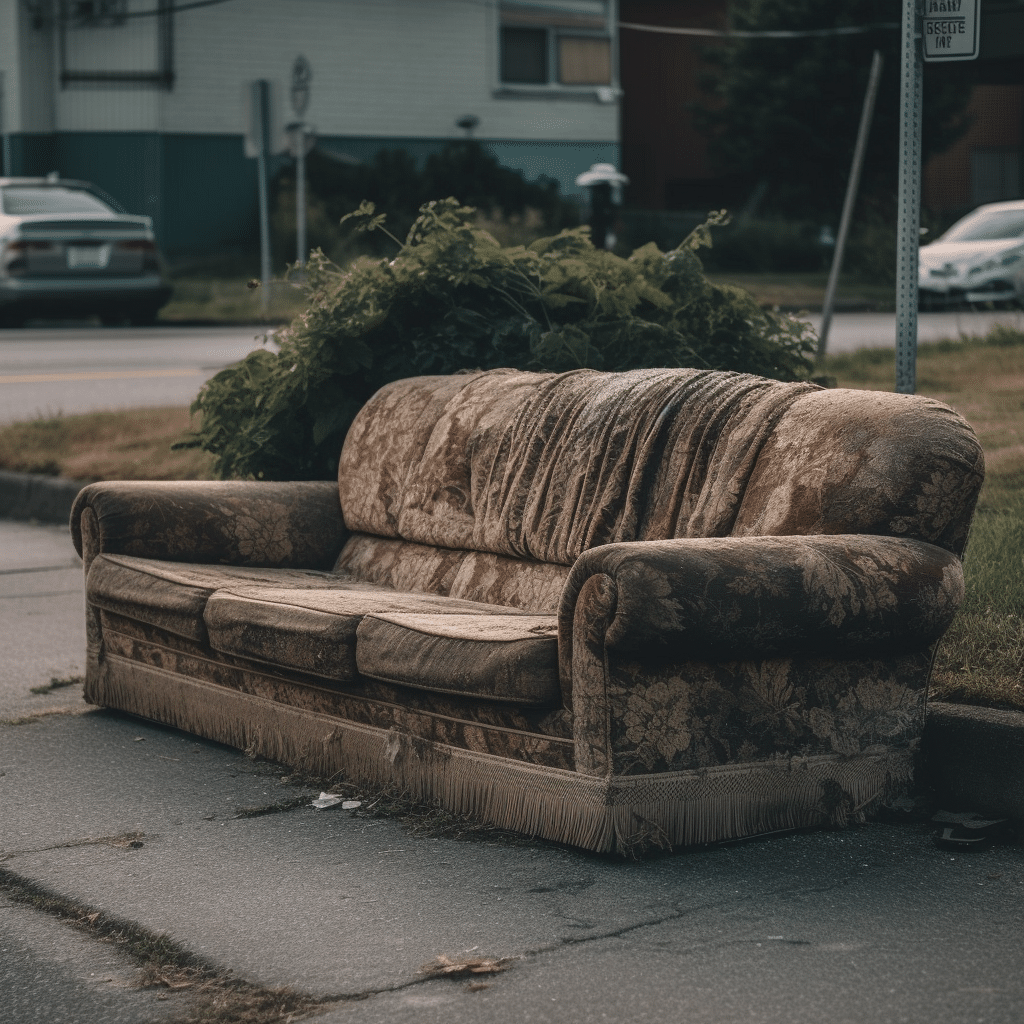Setting the Groundwork for Effective Junk Removal Basics
What Exactly is Junk Removal?
Junk removal is a process that entails the collection, transport, and disposal or recycling of unwanted materials. These materials, often termed “junk,” can include clutter, debris, appliances, furniture, construction waste, etc. Junk removal can be carried out by individuals or specialized services dealing with larger quantities and different materials. Understanding the basics of junk removal is essential for efficient waste management, environmental sustainability, and maintaining a clutter-free space.
The Importance of Proper Waste Management in Junk Removal
When it comes to junk removal, waste management plays a pivotal role. Proper waste management ensures that the junk is disposed of or recycled in an efficient and environmentally friendly manner. Moreover, it helps reduce pollution, conserve natural resources, and safeguard public health. For instance, by segregating recyclable materials from non-recyclables, we can help reduce the volume of waste in landfills and contribute to a circular economy.
Junk Removal and the Environment
Junk removal has a direct impact on the environment. When not conducted responsibly, it can lead to air, water, and soil pollution and contribute to climate change. On the other hand, eco-friendly junk removal practices, such as recycling and composting, can positively impact the environment. By repurposing materials and reducing waste, we minimize the demand for raw materials, thus conserving natural resources and reducing greenhouse gas emissions. Furthermore, proper junk removal practices can contribute to the beautification of neighborhoods and increase the quality of life for residents.
The A to Z of Waste Disposal: A Critical Component of Junk Removal Basics
The Various Types of Waste
Waste can be categorized into various types, such as solid waste, liquid waste, organic waste, recyclable waste, and hazardous waste. Each type of waste requires a different method of disposal. For example, organic waste is ideal for composting, while hazardous waste must be handled cautiously and disposed of following strict regulations. Understanding the types of waste is crucial in deciding the appropriate disposal method and ensuring that the waste does not threaten human health or the environment.
Understanding Disposal Methods
There are several methods for disposing of waste, and choosing the right one is essential in junk removal. Some standard methods include:
- Landfill: Non-recyclable materials are often disposed of in landfills, where they are compacted and covered.
- Incineration: This involves burning waste at high temperatures. It is mainly used to dispose of hazardous waste and reduce general waste volume.
- Recycling: Recycling involves processing materials (such as paper, glass, plastics, and metals) and turning them into new products.
- Composting: This is a natural process where organic waste is converted into a nutrient-rich material that can enrich the soil.
- Hazardous Waste Disposal: Special methods are used for hazardous waste to prevent any harm to people or the environment.
Safe Practices for Efficient Waste Disposal
It’s imperative to follow safe practices during waste disposal to protect not only the environment but also the people involved in the process. Some safe practices include:
- Wearing protective gear such as gloves and masks while handling waste.
- Segregating waste into different categories for proper disposal.
- Following local regulations regarding the disposal of various types of waste.
- Avoiding illegal dumping and reporting such activities if observed.
- Educating and training individuals involved in the junk removal process.
Recycling as the Heart of Junk Removal Basics
The Vital Role of Recycling in Waste Management
Recycling is central to efficient waste management and plays a crucial role in junk removal. By converting waste materials into new products, recycling minimizes the pressure on natural resources, reduces pollution, saves energy, and mitigates the effects of climate change. For individuals and businesses, embracing recycling practices can also contribute to the circular economy, ensuring that products and materials are reused and repurposed, extending their lifecycle.
Sorting Your Junk: Tips on What Can Be Recycled
Knowing what can be recycled is key to effective recycling. Here are some tips for sorting your junk for recycling:
- Paper and Cardboard: These are highly recyclable. Ensure they are clean and free from food residues.
- Plastics: Check the recycling codes on plastics as not all types are recyclable.
- Glass: Glass bottles and jars can be recycled, but other glass products like windows or mirrors usually can’t.
- Metals: Aluminum and steel are commonly recycled. Clean cans and tins are ideal.
- Electronics: Many electronics can be recycled, but they may need to be taken to a specialized facility.
Innovative Recycling Techniques for a Sustainable Future
Advancements in technology have brought about innovative recycling techniques that can shape a more sustainable future. Some examples include:
- Plastic to Fuel: Turning non-recyclable plastics into fuel.
- Electronic Waste Recycling: Advanced methods to recover precious metals from electronics.
- Bio-recycling: Using enzymes and other biological methods to break down plastics.
- Glass Recycling Innovations: Improved methods for recycling glass into higher-value products.
These innovative techniques are not only advancing the possibilities within recycling but also significantly contributing to environmental sustainability.
Professional Junk Removal: When and Why to Call in the Experts
Identifying When Professional Help is Necessary
While many junk removal tasks can be done individually or with a group of volunteers, there are instances when seeking professional help is the best course of action. Here are scenarios that warrant professional junk removal services:
- Large Volume of Junk: When dealing with a massive amount of waste, especially from construction or renovation projects.
- Handling Hazardous Materials: Professionals are equipped with the knowledge and equipment to safely handle and dispose of hazardous materials.
- Lack of Resources: When you don’t have the necessary tools, vehicles, or manpower to effectively manage junk removal.
- Compliance with Laws and Regulations: Professionals are usually updated on the local laws and regulations related to waste disposal and recycling.
How Professional Junk Removal Enhances Waste Management
Professional junk removal companies play an integral role in enhancing waste management. Here’s how:
- Efficiency and Time-Saving: They have the expertise and equipment to handle junk removal much faster and efficiently.
- Proper Disposal and Recycling: Professionals ensure that waste is disposed of responsibly and that recyclable materials are sent to the right facilities.
- Safety: They follow safety protocols to avoid accidents and injuries during the junk removal process.
- Cost-Effective: In the long run, hiring professionals can be cost-effective as it saves time and resources, and ensures proper disposal that can avoid potential fines.
DIY Junk Removal: Taking Matters into Your Own Hands
Basic Equipment and Tools for Effective Junk Removal
If you opt for a do-it-yourself approach in handling junk removal, you must be equipped with the necessary tools and equipment. Here are some essentials:
- Gloves: To protect your hands from sharp objects and hazardous materials.
- Bins and Bags: For sorting and collecting junk.
- Hand Truck or Dolly: To move heavy items easily.
- Shovel and Broom: For cleaning up smaller debris.
- Recycling Containers: To separate recyclable materials.
- Safety Gear: Such as masks and safety goggles.
Remember that while DIY junk removal can be practical for small-scale projects, it’s essential to be aware of your limits, especially when handling large volumes of junk or hazardous materials.
Creating a Systematic Plan for Your Junk Removal Project
Having a systematic plan can make your DIY junk removal project more manageable and efficient. Here’s a step-by-step guide:
- Assess the Junk: Identify the types and volumes of junk you need to remove.
- Gather Materials and Equipment: Make sure you have all the necessary tools and equipment as listed above.
- Set a Timeline: Estimate the time needed and set a schedule for your project.
- Sort the Junk: Separate recyclables, donations, and trash.
- Safe Disposal: Ensure that you follow local regulations for disposing of the junk.
- Clean Up: After removing the junk, clean the area thoroughly.
Keep in mind that if at any point the task seems too daunting or involves handling hazardous materials, it’s wise to consult or hire a professional junk removal service.




